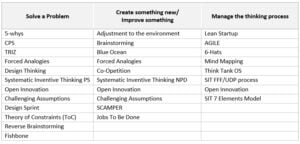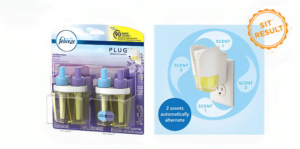What Lies Ahead in 2024?
5 Data-Driven, Customer-Centric trends we’ve identified
This is not just another conventional forecast. Over nearly three weeks of dozens of conversations with clients and prospects, we have identified some strong trends for the coming year. These trends are congruous with the actual activities on which we supported our customers during the final months of 2023, indicating that they truly are what one might expect to see in 2024. So, without further ado, here are five key trends poised to define 2024:
1. Revival of strategy:
As we bid farewell to three years focused on just keeping one’s business afloat amidst unimaginable global changes, longer-term Strategy is making a comeback. Key initiatives we kicked off for our clients in 2023 will mature into implementation by 2024 and 2025. As 2024 begins, more and more organizations are talking about the commencement of a new cycle, where strategic, large-scale initiatives will once again take center stage.
2. Productivity’s enduring presence:
The conclusion of 2023 witnessed a remarkable 50% increase in “Productivity” being listed as a primary objective even in growth projects. Leveraging existing assets is now recognized as a pivotal factor in nearly everything that an organization does. In 2024, we anticipate witnessing this trend to continue extending beyond operational efforts, manufacturing, and supply chain improvements, making “Margin Innovation” critical in all areas of the business.
3. Consumer Goods flourishing:
After years of hearing from CPG and Durable Consumer Goods companies that they are focusing on creating new services vs launching new products, we witness a return to the core. Truly innovative products are not only being ideated, but actually entering development pipelines, and consumer tests indicate that customers are embracing this direction. Coupled with the increasing applications of AI and Digital, in general, expect to see some cool new features as add-ons to new products that would be considered highly innovative even without them.
4. Integration of new technologies, and Digital Transformation:
Having dedicated the past few years to exploring emerging technologies and dabbling in Digital initiatives most “traditional” industries and companies will transition to true transformation in 2024. Technologies have matured and a deep understanding of how they benefit all areas of the business make this a breakout year. Digital technology, therefore, will be an indispensable component in all our innovation initiatives.
As we mentioned in the Consumer Goods trend, expect to see such technologies embedded even into traditionally low-tech products, so that they will appeal to the increasingly tech-savvy consumer, and provide real value for those who know to use them properly.
5. In-depth, innovative, Innovation Training programs:
2023 highlights significant shifts in our clients’ training needs and requests. Our data indicates that clients are beginning to favor intensive training programs, in which multiple intimate cohorts learn new skills and gain proficiency in them, as opposed to large groups being exposed to an innovation toolkit through seminars, lectures, and mini-courses. Trainings will no longer be uni-formatted, but will include multi-day onsite workshops, live distance learning, and self-paced learning. Emphasis will be placed on translating new knowledge back to the everyday tasks of the trainee, and organizations will build new KPIs and assessment models to understand the ROI (Return-On-Innovation) of such trainings.
Have We Nailed It?
We believe that these five trends will evolve and mature as they accompany us throughout 2024. Have you been seeing indications of these in your organization? Or in others around you?











